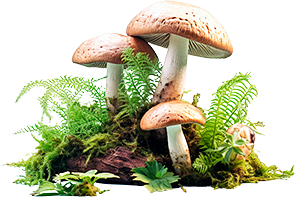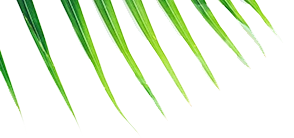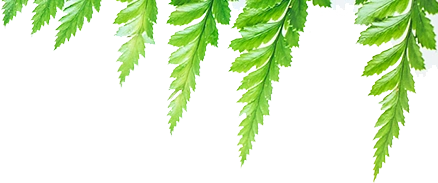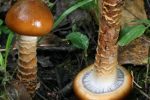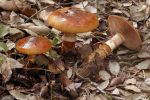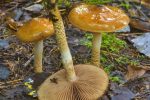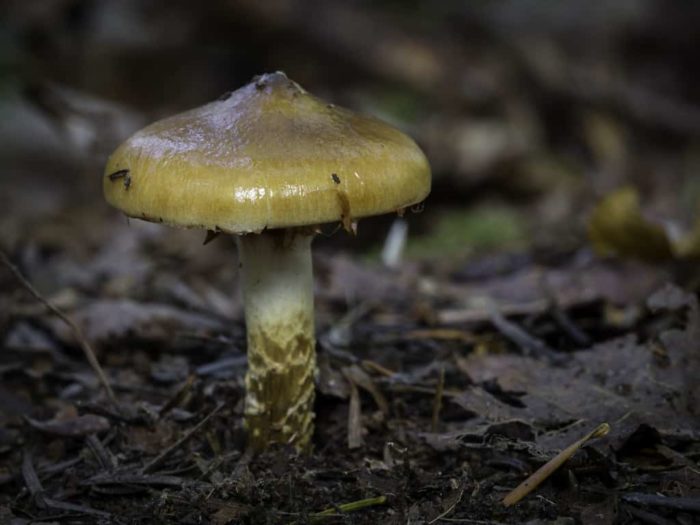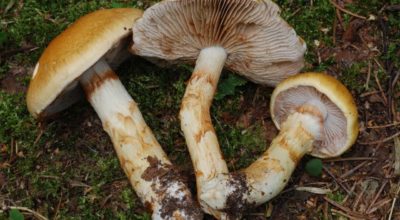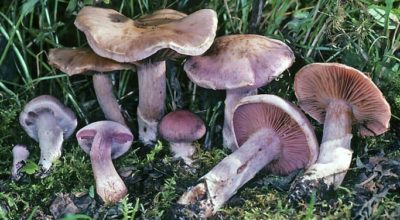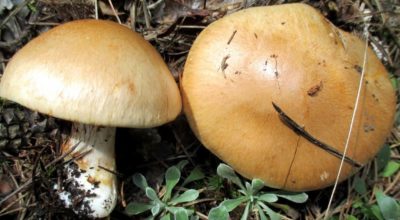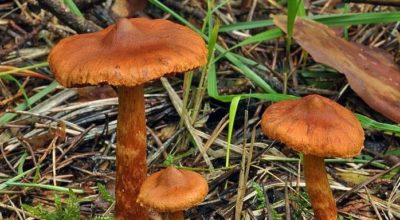Content
Description of the mushroom
He acquired his name thanks to a kind of web cover, reminiscent of a vual -shaped film, which connects the edges of the hat to the leg. And the epithet "ordinary" symbolizes the classic, the usual structure of the fruit body and the inexpressive color.
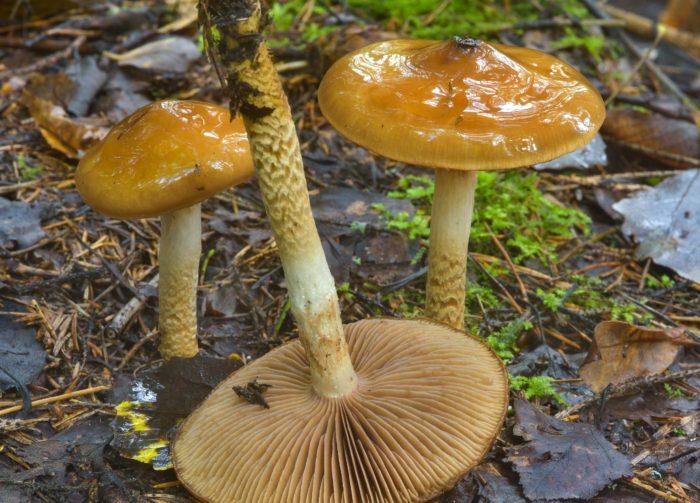
The color changes from the pale yellow or pale blond with olive tint to clay, Honey-brown and jelly brown. There are also fruit bodies with a red-brown hat in the center and light edges.
Gimenofor (The lower part of the hat, on the surface of which there is a thin spores) It differs wide, often located to each other plates, growing in the shape of a tooth. In young mushrooms, this part has a yellow or whitish color, And in more mature-rusty-brown or pale-honey. Also on the hymenophora, a barely noticeable web cover of a whitish -colored consistency mucosa is visible.. Spore powder in an ordinary cobweb-yellowish-brown.
The pulp is on the cut The mushroom is quite dense, ocher color (sometimes acquires a light white shade), and closer to the base of the leg becomes slightly brownish. The smell of the fruit body is unpleasant, And the taste is inexpressive.
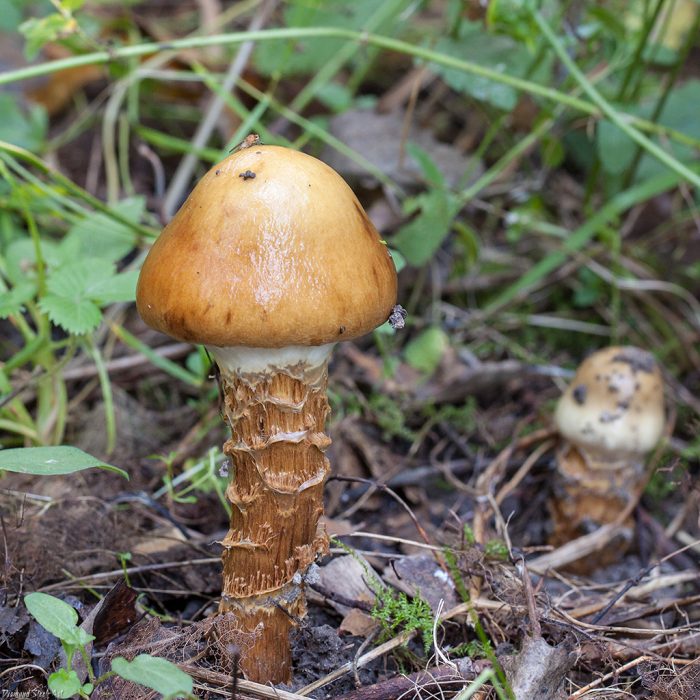
Reference: For the first time, the Pautinniks were mentioned in 1821 h eck a Swedish botanist and Nicholas Elas Magnus Fris.
Time and place of fruiting
Распространен гриб на таких территориях с умеренно-климатической зоной:
- западная часть Европы (Германия, Британия, Бельгия, Австрия, Финляндия, Швейцария, Дания);
- восточная территория Европы (Чехия, Венгрия, Латвия, Словакия, Литва, Румыния, Польша и Эстония);
- North America.
On the territory of the Russian Federation, a web is found in almost the entire belt of moderate latitude (from Kaliningrad to Kamchatka), as well as in adjacent territories, such as Kazakhstan, Mongolia. Период плодоношения колеблется с июля и до сентября.
How to distinguish from edible doubles
Опытные грибники не часто путают обыкновенный паутинник с другими представителями рода, но иногда он может оказаться похожим на слизевой паутинник (Lat. Cortinarius mucifluus), который считается условно-съедобным. Однако важно его не путать с несъедобным слизистым паутинником (Cortinarius mucosus).
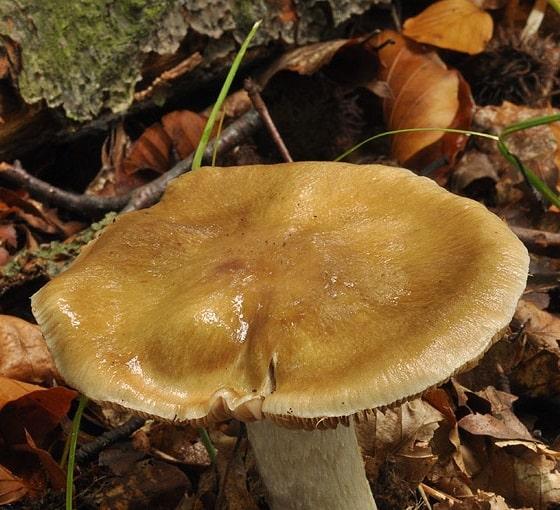
Вышеуказанные плодовые тела отличаются более длинной ножкой и плотным слоем слизи. Цвет гименофора – кремовый.
The difference from the triumphal cobweb
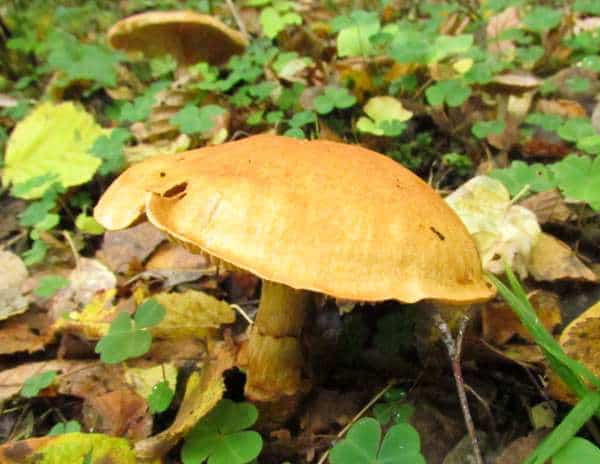
Sometimes the submarine can be mistaken (Cortinarius triumphans), called the people as a golden or yellow -plane. However, upon detailed examination, you can see следующие различия:
- диаметр шляпки – 5-12 cm;
- слизь становится волокнистой при подсыхании;
- цвет в центре шляпки более яркий, а ближе к краю становится бледным;
- на ножке просматриваются пояски из чешуек;
- пластинки гименофора выемкой прирастают к ножке, у незрелых грибов они имеют голубовато-кремовый оттенок, а позже приобретают коричневый окрас со светлыми краями;
- мякоть без особого выраженного вкуса и запаха.
It is worth noting, что мякоть паутинника Триумфального приобретает желтый цвет при контакте со щелочным раствором.
Besides, Cortinarius triumphans считается самым распространенным и собираемым представителем рода.
Тем временем некоторые эксперты утверждают, что паутинник не содержит токсинов, но непригоден в пищу только из-за своего неприятного запаха и невыразительного вкуса.
Чтобы сезон сбора грибов прошел благополучно, стоит внимательно изучить описание паутинника обыкновенного, узнать, чем он схож со съедобными представителями своего рода. Тогда можно будет смело употреблять в пищу аппетитные блюда и избежать отравлений.
